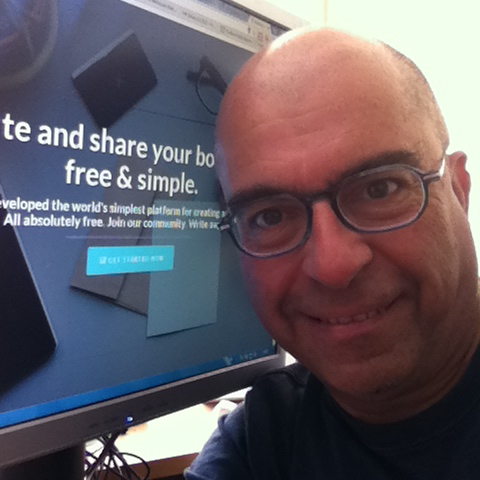
In the World Economic Forum list of required skills, creativity has shot up from tenth place in 2015 to third place in 2020. Talma Vardi once defined creativity as “Something that humans can do that machines cannot. Yet.” To continue to be relevant we have to stay one step ahead of the robots, programs and apps that we ourselves create.
I’m thinking that in 2025, creativity will be in the first slot. I’ll keep you posted.
2

Creativity is a hard thing to define. In his recent TEDx talk, Dr. Yoel Tawil argues that creativity cannot be defined at all. Do you agree with him?
Here is an e-book with my ten secrets. Feel free to agree, disagree, ponder, etc. It’s a free world!
4
5
1. Creativity is a two step process – not just ‘problem solving’ or ‘design thinking’
Before the solution you need the problem.
Before the design, you need the brief.
Before the experiment, you need the hypothesis.
Before the answer, you need the question.
6
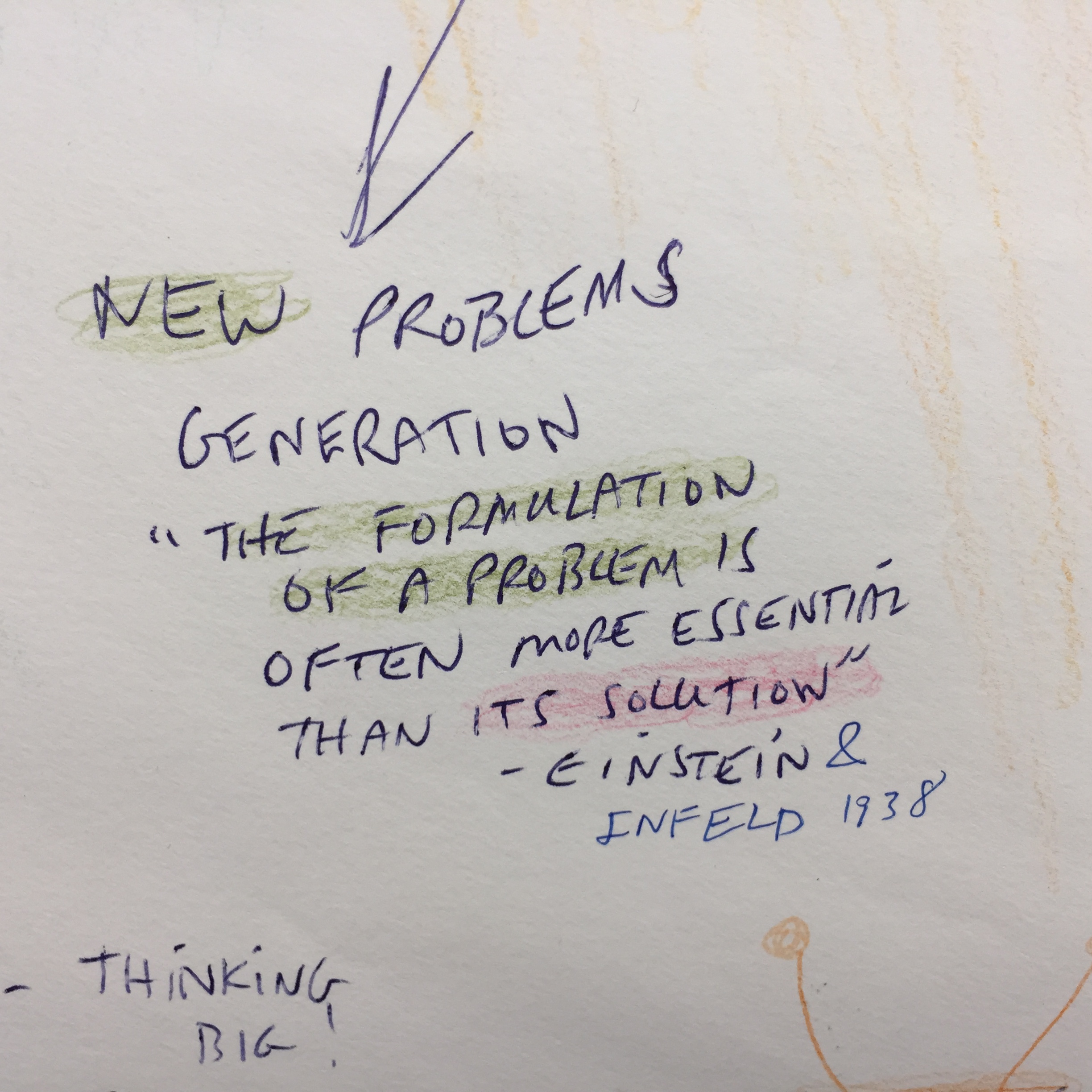
2. We tend to concentrate on the ‘less creative’ second step (problem solving) because we are better at it.
Most creativity techniques focus on problem solving. It’s what we’ve been learning all these years. There are finite numbers of ways to solve a problem. Can you solve the riddle on the next page? If so, does that mean you’re creative, or that you have been exposed to these kinds of problems before?
8

If creativity is so hard to define, why don’t we try to characterize a creative person? That might be a bit easier.
10
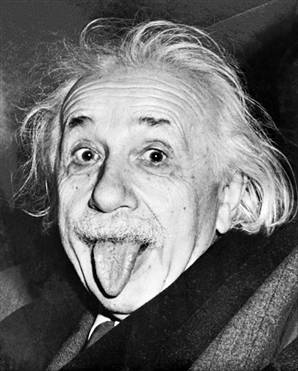
You might say that creative people are
highly observant, notice small details
Very curious, ask a lot of questions.
Have flexible thought boundaries
Challenge authority
Don’t mind failing and trying again
12
Here is a more extensive list from the DLD meetup (Thank you Maria Howard):
Observant
Multi Disciplinary
Wondering…Wandering
Innovative
Optimistic
See things from a different angle
13
Try new things
Flexible Boundaries
Sense of Humor
Not afraid of failure
Unexpected
Out of Comfort Zone
14
Brave
Risky
Stubborn
Petulant
Courageous
15
Crazy
Bold
Expressive
Emotional
SILLY
Who have we just described? Children, that’s who!
16

3. Kids excel at the first (idea/question/new hypothesis) stage of creative thinking, we adults don’t.
New ideas appear ridiculous, wacky and childish. To be creative adults, we must embrace the possibility of appearing silly and ridiculous. Like barking.
Have you barked lately? No? Well, you’re never too old to start. Creative people not only like to play. Everybody likes to play. The difference is that they do. Watch Cleese’s great presentation. He talks about ‘open’ (playful) vs. ‘closed’ (adult) mode.
18
19
4. Creativity has a high failure rate (often >99%)
Perhaps much less than 1%
VCs examine hundreds of promising companies before choosing one. And yet their success rate is usually 20% or less.
In the publishing field, one out of 5000 manuscripts end up getting published. You do the math. So how do you turn the <1% into 100%?*
*By planning to fail, that’s how.
20
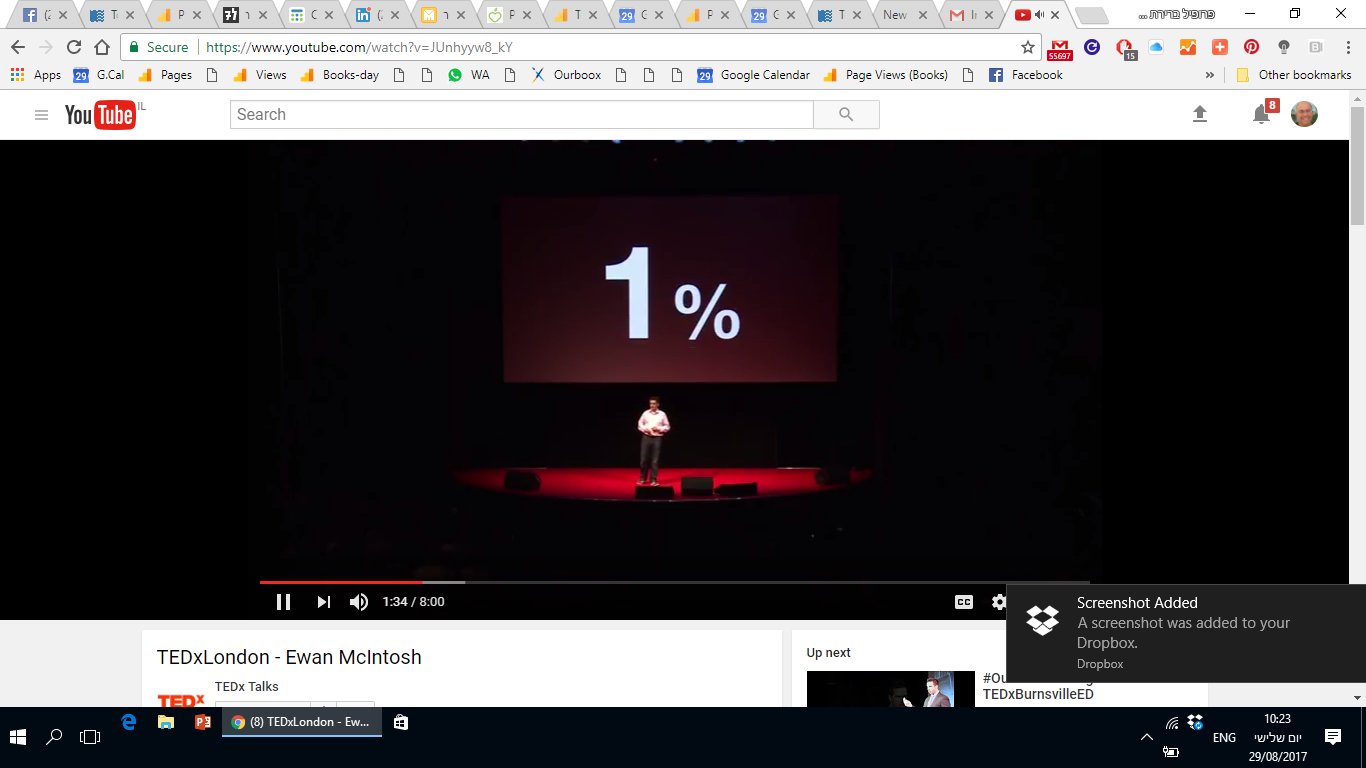
5.Creative people don’t do ‘thinking outside the box‘. They practice ‘thinking between boxes‘
Inventive people connect things in unanticipated ways. They move something from one field into another and find a new use for it.
22
23
Connecting Things – Let’s Practice
I challenge you to think of five things that are connected with chocolate. That should be easy.
For example: milk, sugar, calories, wrapper, melt
That was easy!
24
The next step is finding five things that aren’t connected to chocolate. That isn’t so easy.
Perhaps you think that “astronauts” are not related to chocolate. Think again.
25
You think chocolate vs. spaceship are unconnected? 17,000,000 results! Here are a few:
Astronauts love to eat chocolate in space.
The dark side of the moon is made out of chocolate.
If you throw a bar of chocolate fast enough, it will go into space (how fast?)
Both space and chocolate can be very dark.
26
Chocolate can be connected to everything! When you think about it, anything can be connected to anything. And the weirder the connection, the more exciting, the more creative. If you don’t believe me, try it with “yogurt” or any other word.
27
The next exercise: Can you list ten things that you can’t do with chocolate? Here’s my list:
28
29
Finally, can you write a story about chocolate? Here’s mine.
30
31
6. Creativity is usually a very personal affair. Teams of people can help, or hinder.
Most companies run on inertia. Yes, there are a few companies that encourage creativity, but they are the exception to the rule, and usually the creativity is done on a separate day, time of day, or in a separate department, or building. Creative ideas can result from an exchange between two people, but the idea usually pops into the head of a single person.
32
7. Creative people do not learn from mistakes. They turn them into inventions.
Creative people don’t laugh at mistakes. They use them to come up with unanticipated ideas and leads. Most inventions come from mistakes or accidents (although the inventors rarely admit it). Show me one artificial sweetener that was invented on purpose.
33
8. The muses don’t appear out of nowhere
You need the right city, the open culture, the right coffee house, the right sofa, the right friends and family, the right time of day. Or our rooftop!!!!!!!!!
34
9. A lot goes on behind the scenes
The brain is never on ‘off’, even when we think it is. Shower moments, day dreaming, night dreaming are key. Ideas often pop up when we’re doing something routine or mundane.

35
10. Bring Creativity into Your Everyday Life
Every choice we make during the day can be more creative. Try it out. Get out of your comfort zone. Learn something new. Combine it with what you already know. Share with others. Live a creative life!
36
Here is a list of 20 additional ways to practice and bolster your creative skills:
37
- Invent new words
- Read a book about your creative hero.
- Observe everything in your immediate surroundings
- Observe young children. Speak to them. Learn from them.
- Spend an hour a week ‘getting lost’ on Google (going from hyperlink to hyperlink).
- Surround yourself with supportive individuals
- Find your creative environment
- Be more curious
- Doubt everything, at least initially
- Fail elegantly
ten more next page….
38
- Develop another skill, interest, profession
- Move to another country
- Look for connections and associations, even when none are apparent. Especially when none are apparent.
- Re-read your favorite children’s books.
- Be silly, at least once in a while
- Don’t ridicule mistakes made by others, or yourself. Run with them.
- Chase opportunities with a vengeance.
- Creativity is a way of life, not a course. Get some of the things here into your daily “DNA”
- Play 48Create (next page)
- Create your own creativity technique!!
39
And now, let’s play!
40
41
42
43
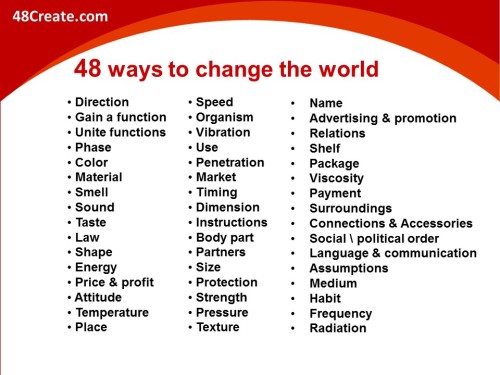

Complex problem solving
Critical Thinking
Creativity
People management
Coordinating with others
Emotional intelligence
Judgement and decision making
Service orientation
Negotiation
Cognitive flexibility
46
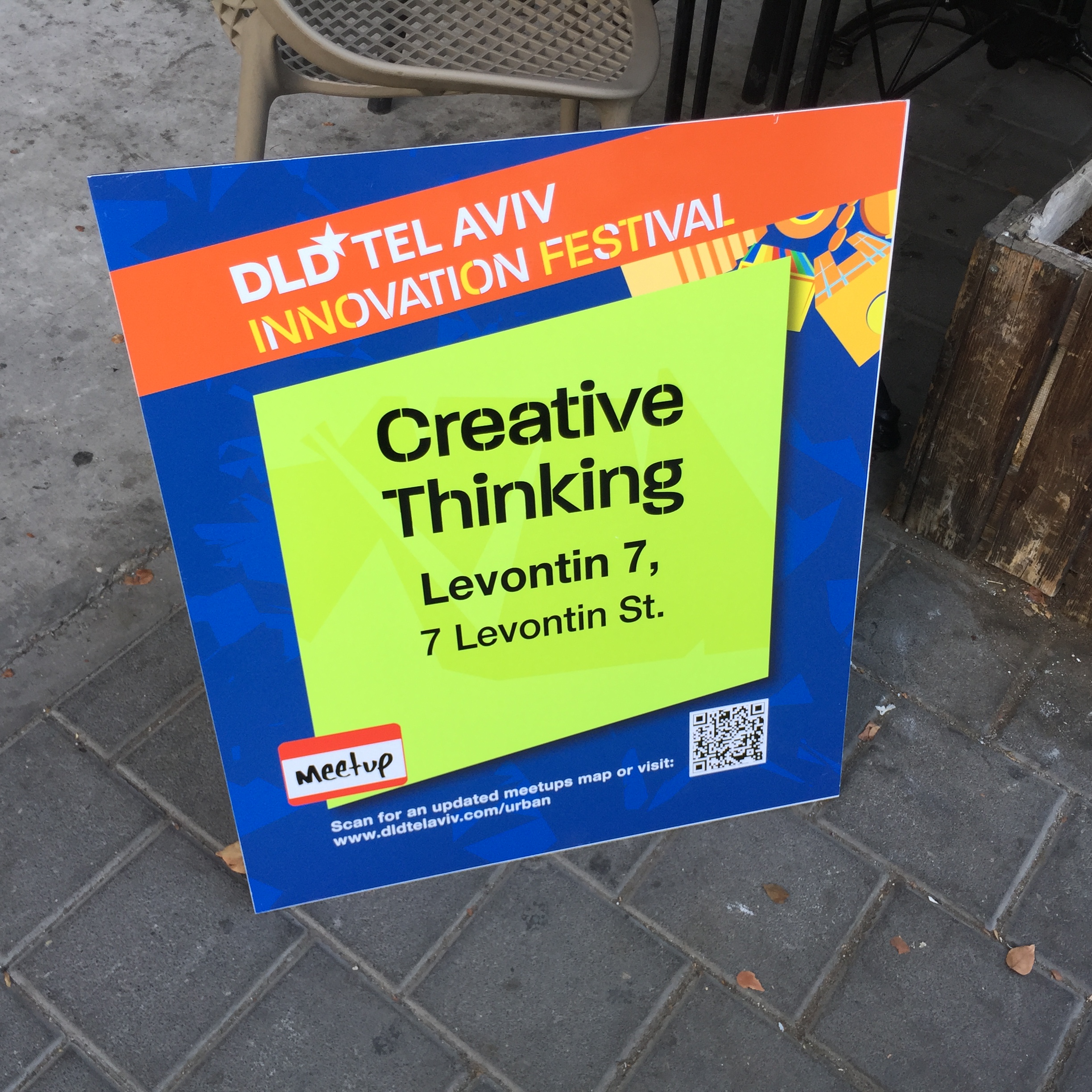
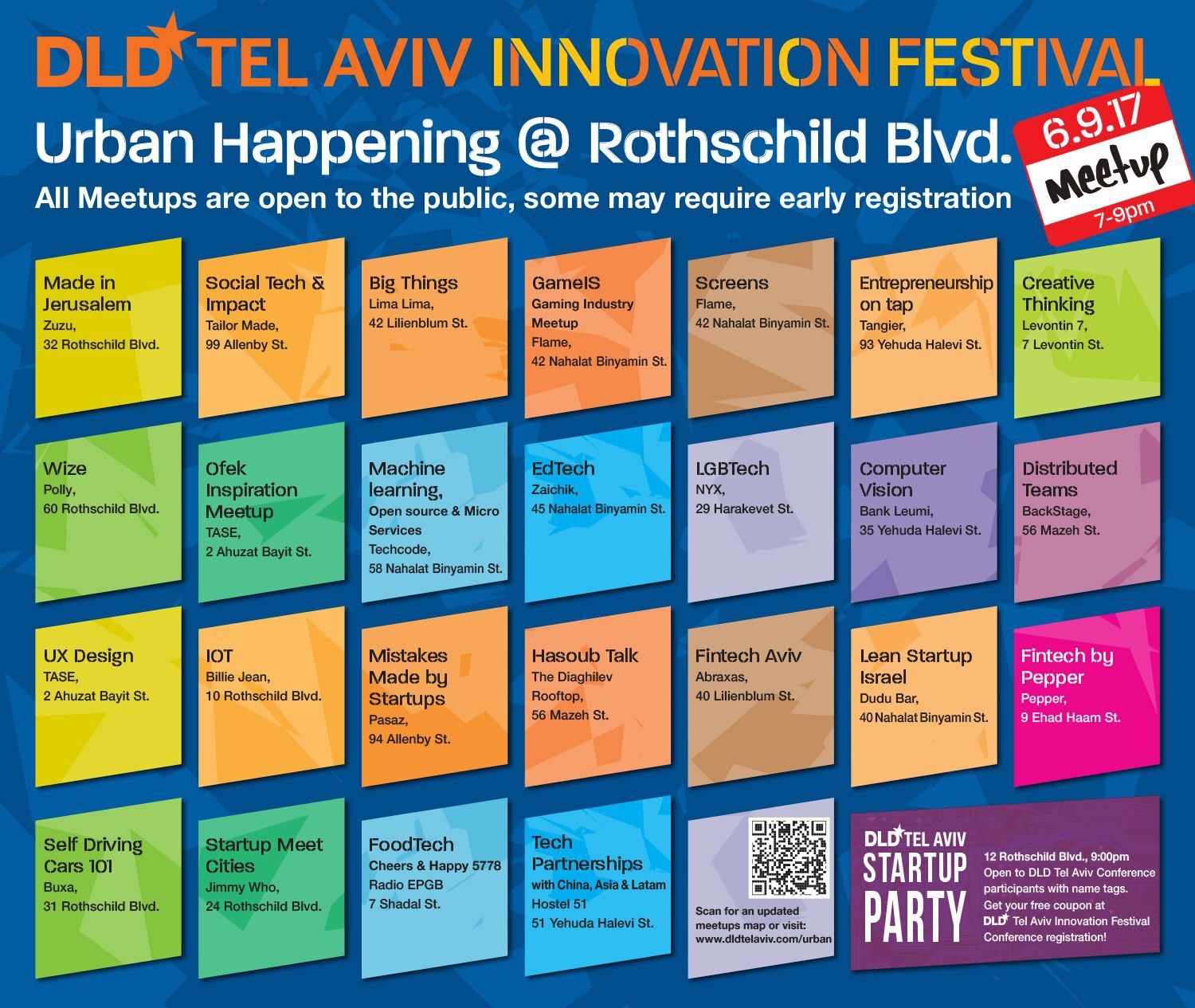
6. Thinking between boxes: ‘Everything is connected with everything’.
I challenge you to think of five things that have no connection whatsoever to yogurt. Then have a look on Google to see just how many associations there are.
yogurt vs. spaceship?
over two million results linking them:
49
50
Published: Aug 29, 2017
Latest Revision: Mar 22, 2024
Ourboox Unique Identifier: OB-363521
Copyright © 2017








